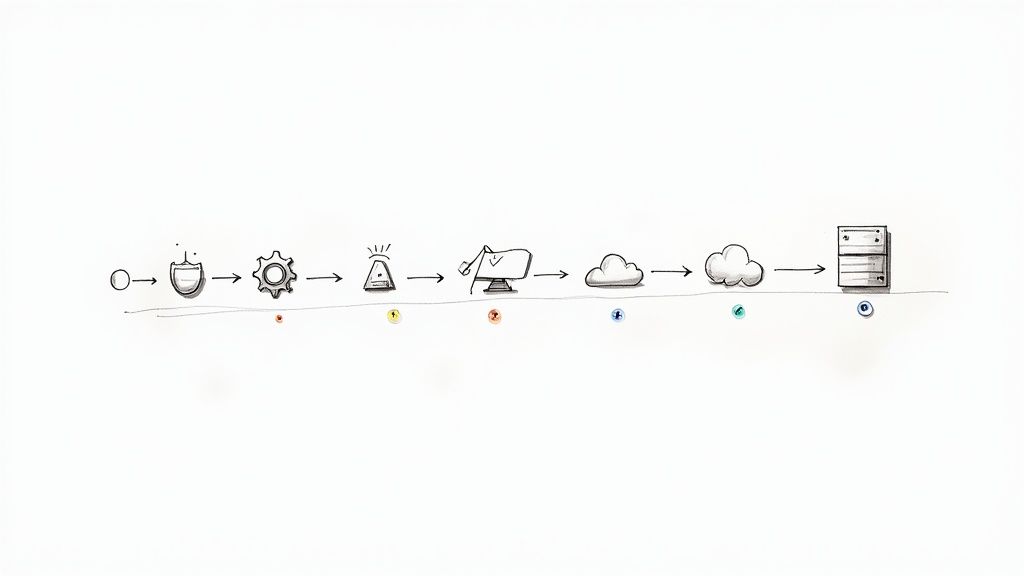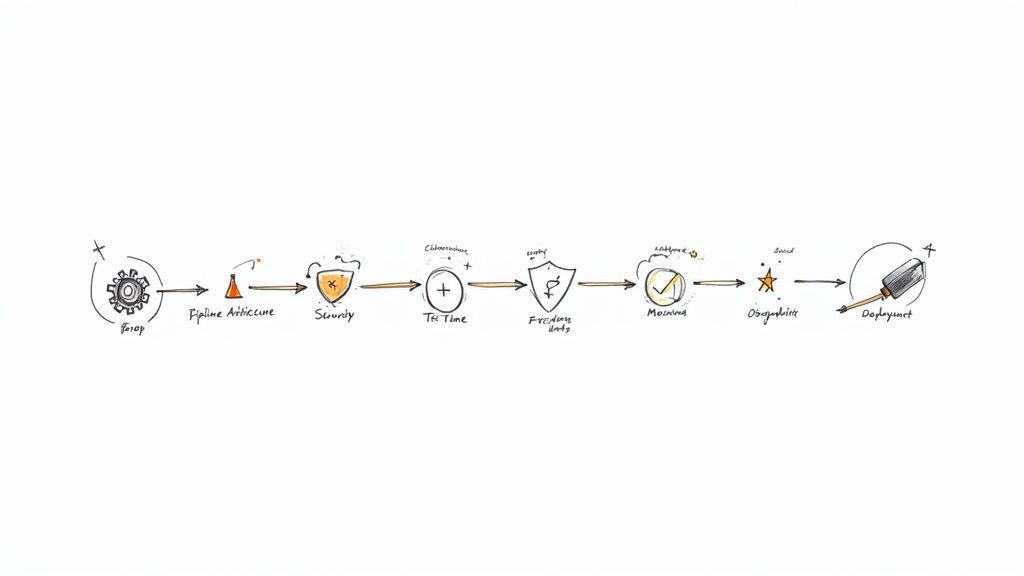
Basic Knowledge
Your Guide to Building a Modern CICD Pipeline
Let's be honest, a CI/CD pipeline sounds like complex industry jargon, but the concept is surprisingly straightforward. At its core, it’s an automated process that gets code changes from a developer's machine into production, reliably and efficiently. Think of it as the ultimate assembly











